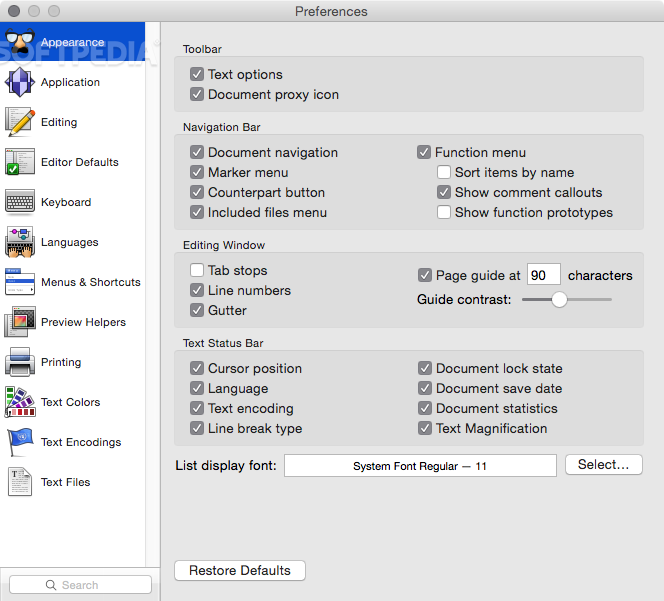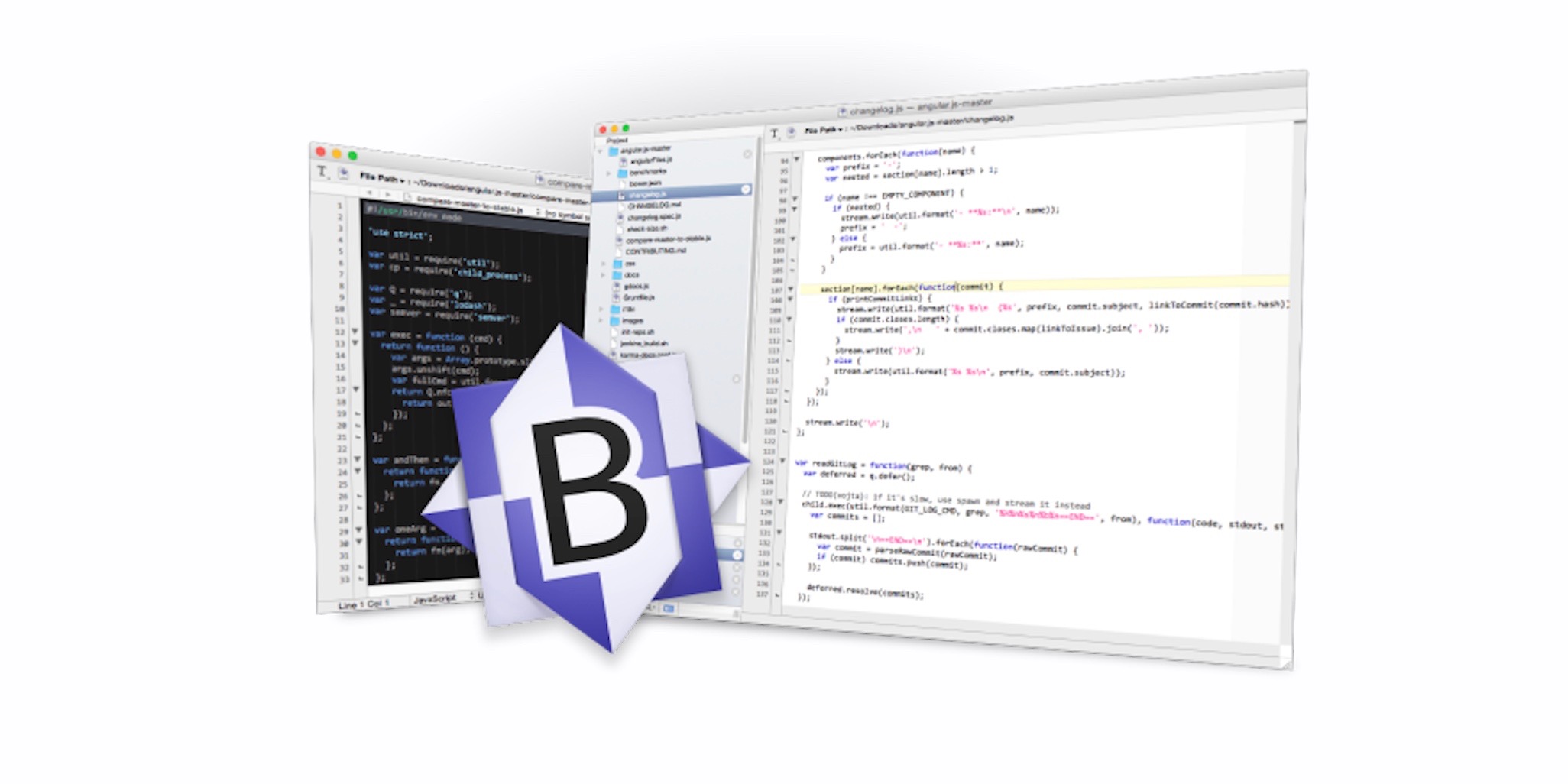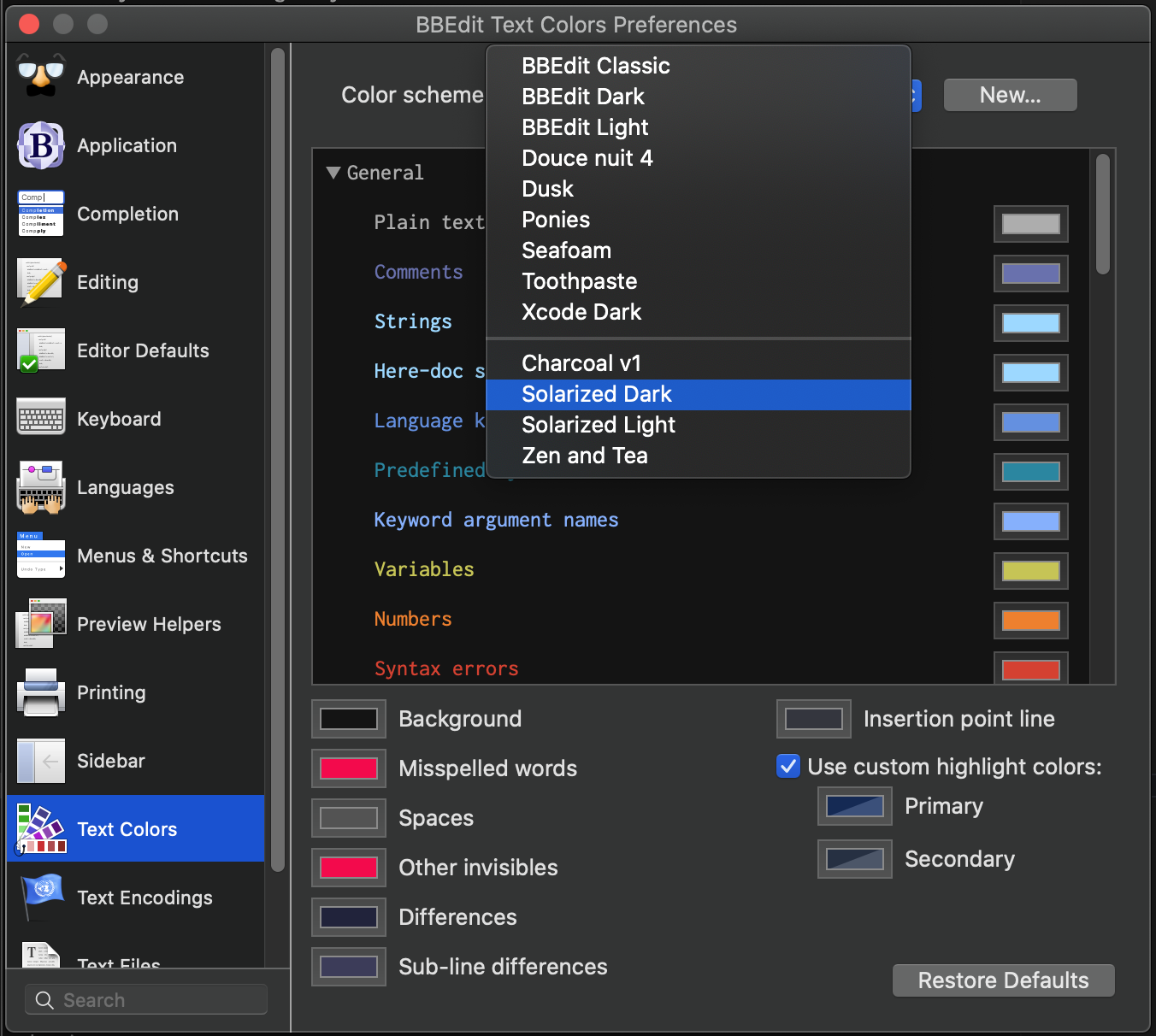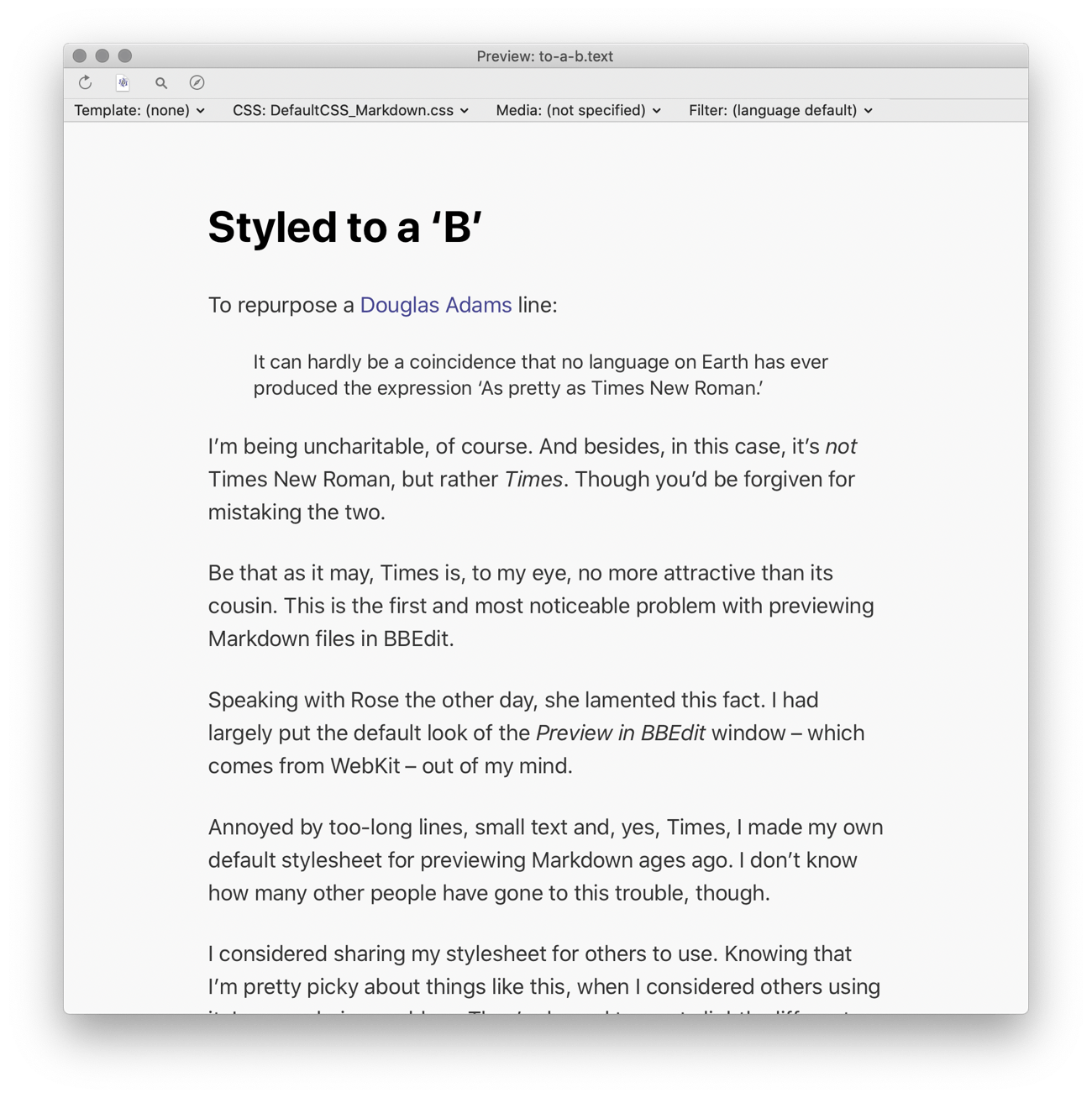

That is, if an open parenthesis is followed by "?:", the subpattern matched by that pair of parentheses is not counted when computing the backreferences. BBEdit now supports non-capturing parentheses, using the syntax: Sometimes, however, parentheses are needed for only for clustering, not capturing. Is matched against the text "red king", the backreferences will be set as follows: For example, if the following grep pattern: Opening parentheses are counted from left to right to determine the numbers of the captured subpatterns. The portion of the matching pattern contained within the first pair of parentheses is available in the backreference \1, the second in \2, etc. For example, to match any run of non-digit characters:Īs in previous versions of BBEdit, bare parentheses cluster and capture the subpatterns they contain.

Another Perl extension supported by BBEdit is negated POSIX-style character classes, which are indicated by a ^ after the colon. The names "ascii" and "word" are Perl extensions the others are defined by the POSIX standard. , without enclosing square brackets, is just a character class consisting of the characters `:', 'a', 'c', 'e', 'p', and 's'. It is easy to forget that POSIX-style character classes are only available inside regular character classes. POSIX-style character class names are case-sensitive. Print printing characters, including space Graph printing characters, excluding space , and are only available inside regular character classes (in other words, inside another set of square brackets). In replacement patterns, \0 is a backreference to theĮntire match (exactly equivalent to '&').īBEdit now provides support for POSIX-style character classes. Otherwise, both characters areĭiscarded, i.e., the backreference is replaced with the empty There is an Nth captured substring, then both characters are If there is only a single digit N following the backslash and Substring, then all three characters are discarded, i.e., theīackreference is replaced with the empty string. Together represent the value N, and if there is an NthĬaptured substring, then all three characters are replaced If two decimal digits follow the backslash, which taken (If you use "\11", you'll get the 11th backreference, even if You may use a leading zero forĮxample, if in your replacement pattern you want the firstīackreference followed by a literal '1', you can use "\011". "\111" would be interpreted as the 11th backreference,įollowed by a literal '1'. If more than two decimal digits follow the backslash, only theįirst two are considered part of the backreference.

Single byte with octal value 7 (equivalent to "\x07"). Thus, the character class "" will match a Reference from the least significant eight bits of the Three octal digits generates a single byte character Inside a character class, a backslash followed by up to Null followed by the two characters "8" and "1" "\81" is a backreference if there areĨ1 or more captured subpatterns, but matches an ASCII There are 11 or more sets of capturing parenthesis in So, in a search pattern, "\11" is a backreference if Any subsequent digits stand for themselves. Look for up to three octal digits following theīackslash. If there are fewer than NĬaptured subpatterns, the grep engine will instead Subpattern, *if* there exist N capturing sets of Taken together form the integer N (ranging from 10 toĩ9), is a backreference to the Nth captured Nine is always a backreference to the Nth capturedĪ backslash followed by two decimal digits, which

Null followed by the digit 8 (because octal charactersĪ backslash followed by a single decimal digit from one to Match the ASCII BEL (\x07), but "\08" will match an ASCII Thus, "\040" will match a space character, and "\07" will Up to two further octal characters are read. The following charts explain the rules BBEdit uses for determining backreferences.Ī backslash followed by a zero is an octal character This limitation is removed in BBEdit 6.5. The grep engine used in previous versions of BBEdit was unable to search text that contained null characters (ASCII value zero). In many cases, the basic grep syntax covered previously in this chapter will be all that you need. The best way to learn grep is to use it in real life, not by reading example patterns. If you are new to grep, it is possible that the topics covered in this section will not make much sense to you.


 0 kommentar(er)
0 kommentar(er)
